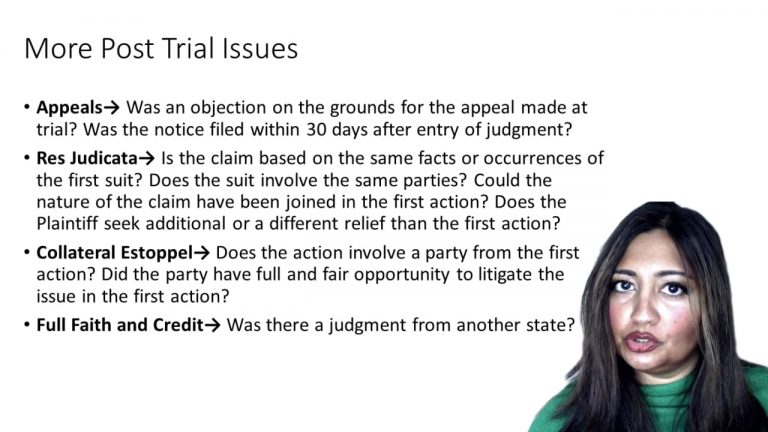SmartBrief
Confirm favorite deletion?
Criminal Procedure Keyed to Dressler
Arizona v. Fulminante
Citation:
499 U.S. 279, 111 S.Ct. 1246, 113 L.Ed.2d 302.Facts
The defendant’s 11-year-old step daughter was murdered in Arizona. The defendant’s statements to police concerning her disappearance and his relationship with her contained a number of inconsistencies, and he became a suspect in her killing. However, no charges were brought at the time. He was later arrested for something else.
While in prison, he became friends with an inmate named Anthony Sarivola. Sarivola passed on information that the defendant told him to the FBI, and the FBI instructed the Sarivola to find out more. Sarivola offered to protect the defendant from other inmates if he told him about the murder. The defenendat then admitted to Sarivola that he had sexually assailed and murdered the girl.
The defendant filed a motion to suppress his confession. The trial court denied his motion, and he was found guilty. He appealed, and the Supreme Court of Arizona found that the confession was coerced and that its admission violated the Fifth and Fourteenth Amendments. The Court reversed and held that the defendant should be retried without the use of his confession. The State appealed.
Only StudyBuddy Pro offers the complete Case Brief Anatomy*
Access the most important case brief elements for optimal case understanding.
*Case Brief Anatomy includes: Brief Prologue, Complete Case Brief, Brief Epilogue
- The Brief Prologue provides necessary case brief introductory information and includes:
Topic:
Identifies the topic of law and where this case fits within your course outline.Parties:
Identifies the cast of characters involved in the case.Procedural Posture & History:
Shares the case history with how lower courts have ruled on the matter.Case Key Terms, Acts, Doctrines, etc.:
A case specific Legal Term Dictionary.Case Doctrines, Acts, Statutes, Amendments and Treatises:
Identifies and Defines Legal Authority used in this case.
- The Case Brief is the complete case summarized and authored in the traditional Law School I.R.A.C. format. The Pro case brief includes:
Brief Facts:
A Synopsis of the Facts of the case.Rule of Law:
Identifies the Legal Principle the Court used in deciding the case.Facts:
What are the factual circumstances that gave rise to the civil or criminal case? What is the relationship of the Parties that are involved in the case.Issue(s):
Lists the Questions of Law that are raised by the Facts of the case.Holding:
Shares the Court's answer to the legal questions raised in the issue.Concurring / Dissenting Opinions:
Includes valuable concurring or dissenting opinions and their key points.Reasoning and Analysis:
Identifies the chain of argument(s) which led the judges to rule as they did.
- The Brief Prologue closes the case brief with important forward-looking discussion and includes:
Policy:
Identifies the Policy if any that has been established by the case.Court Direction:
Shares where the Court went from here for this case.

 3m 56s
3m 56s